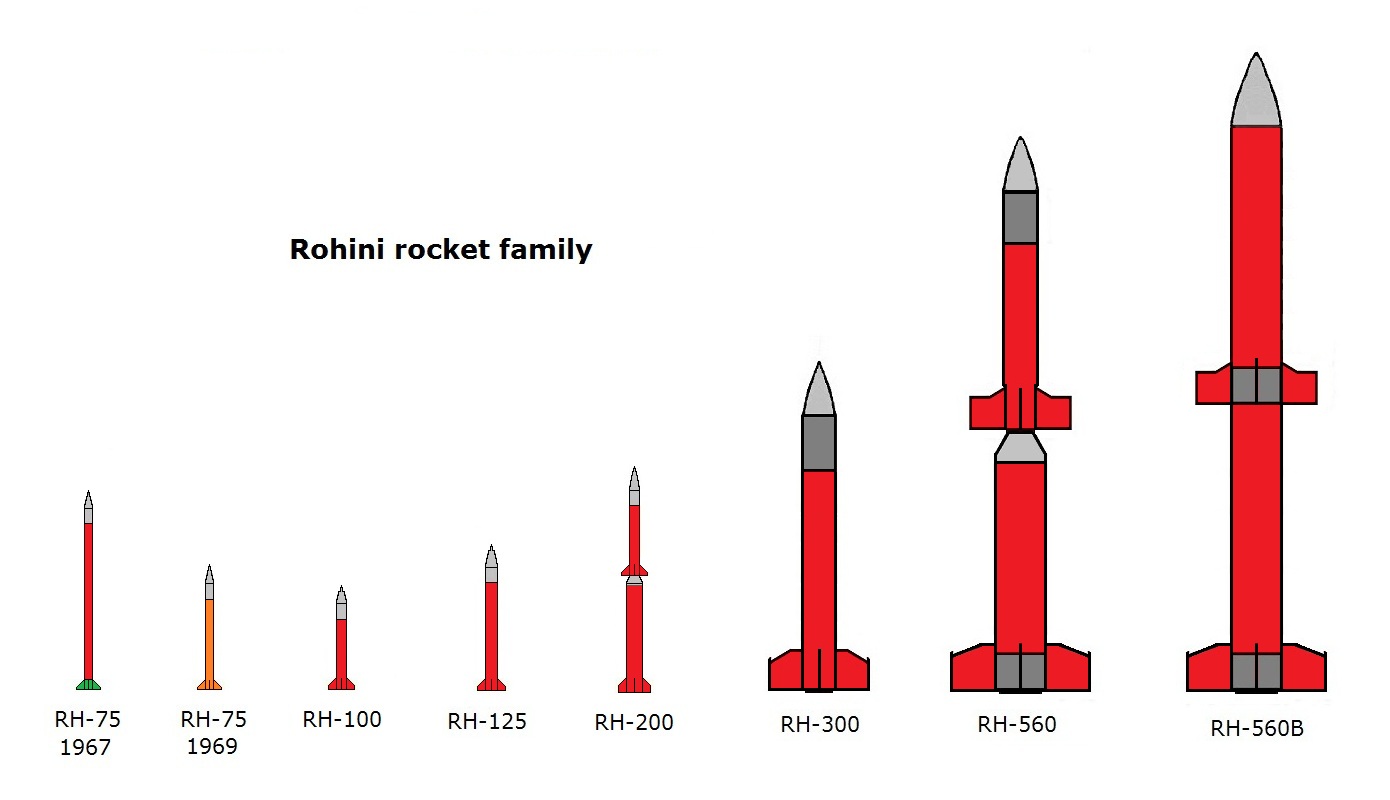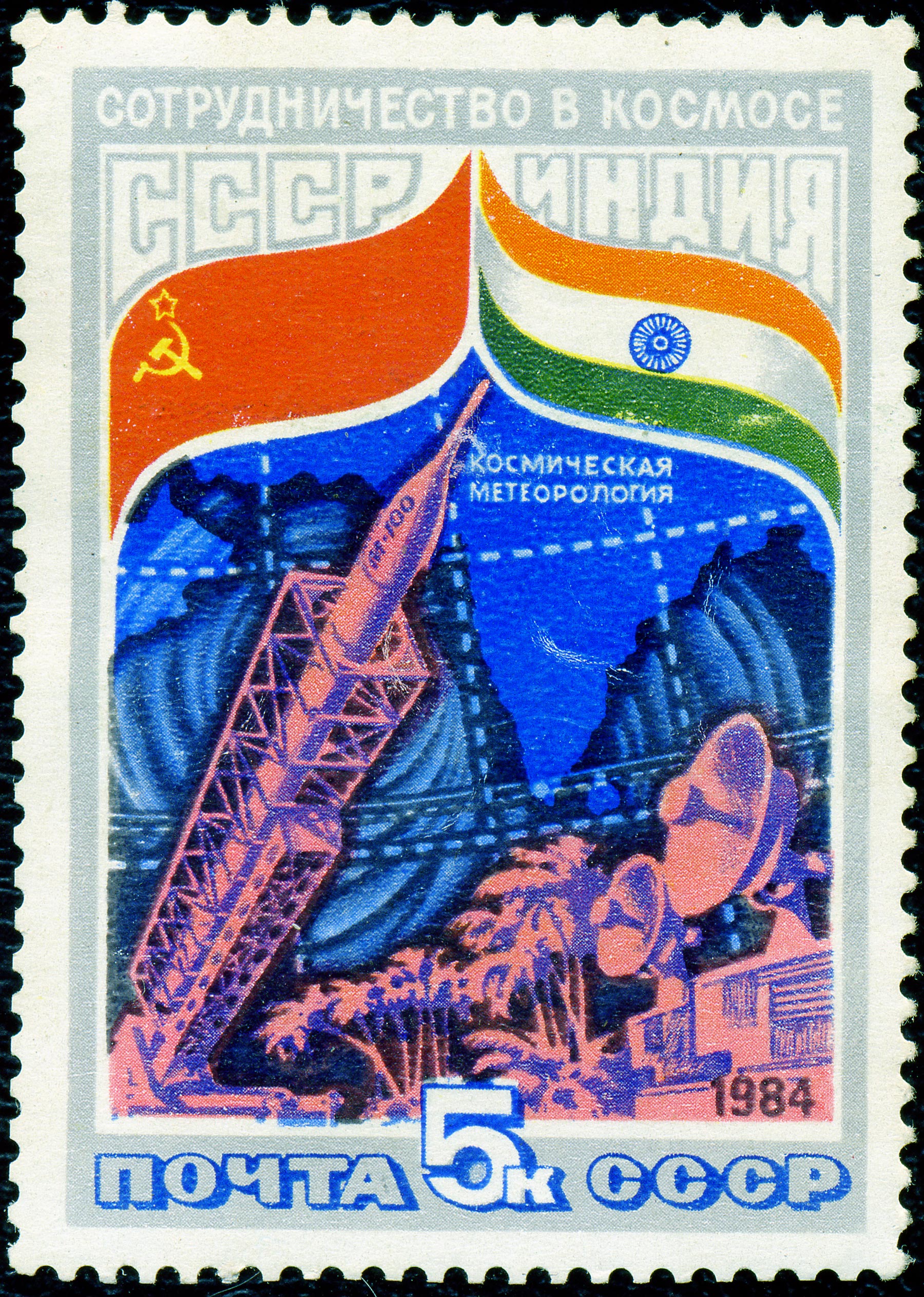|
TERLS
Thumba Equatorial Rocket Launching Station (TERLS) is India's first rocket launching station and was established on 21 November 1963. Operated by the Indian Space Research Organisation (ISRO), it is located in Thumba, Thiruvananthapuram, which is near the southwestern tip of mainland India, very close to Earth's magnetic equator. It is currently used by ISRO for launching sounding rockets. The first rockets were assembled in the former St Louis High School, which now houses a space museum. The local Bishop of Trivandrum, Rev. Peter Bernard Periera, along with Vincent Victor Dereere (a Belgian) and district collector Madhavan Nair were instrumental in acquiring a large parcel of land measuring 600 acres from coastal community. Periera had given away the prayer hall and bishop's room in the local church. Minister of State for External Affairs, Lakshmi N. Menon helped to smooth bureaucratic hurdles facing the project in Delhi. H. G. S. Murthy was appointed as the first Director ... [...More Info...] [...Related Items...] OR: [Wikipedia] [Google] [Baidu] |
Vikram Sarabhai Space Centre
The Vikram Sarabhai Space Centre (VSSC) is a major space research centre of the Indian Space Research Organisation (ISRO), focusing on rocket and space vehicles for India's satellite programme. It is located in Thiruvananthapuram, in the Indian state of Kerala. The centre had its beginnings as the Thumba Equatorial Rocket Launching Station (TERLS) in 1962. It was renamed in honour of Vikram Sarabhai, often regarded as the father of the Indian space program. H.G.S. Murthy was appointed as the first director of Thumba Equatorial Rocket Launching Station. The Vikram Sarabhai Space Centre is one of the main and largest research and development establishments within ISRO. VSSC is an entirely indigenous facility working on the development of sounding rockets, the Rohini and Menaka launchers, and SLV, ASLV, PSLV, GSLV and LVM3 families of launch vehicles. History After incorporation of the Indian National Committee for Space Research (INCOSPAR) in 1962, its first act was t ... [...More Info...] [...Related Items...] OR: [Wikipedia] [Google] [Baidu] |
Thumba
Thumba is a coastal area of Thiruvananthapuram city, the capital of Kerala, India. Location and geography Thumba is a vast village bordering Menamkulam in the east, St. Dominic's Vettucaud in the north, and Kochuthura in the south; towards its west is the Arabian Sea. While the border with Menamkulam is the Parvathi Puthannaar canal, the border with Kochuthura is the Rajiv Gandhi Nagar road. The entire village is flat at sea level, and the ground near to the coast is made of tan-coloured beach sand. This is in stark contrast to the rest of the village, where the ground is made of white sand, where, till the developments of the late 1990s, large amounts of a medicinal herb with white flowers called ''Thumba'' grew in abundance, hence the name. It is well connected by road and the closest railway stations are the Halt stop of Veli Railway station and the Major Junction of Kochuveli Railway station. Overview Thumba became well-known to the outsiders after the establishment of ... [...More Info...] [...Related Items...] OR: [Wikipedia] [Google] [Baidu] |
ISRO
The Indian Space Research Organisation (ISRO ) is India's national space agency, headquartered in Bengaluru, Karnataka. It serves as the principal research and development arm of the Department of Space (DoS), overseen by the Prime Minister of India, with the Chairman of ISRO also serving as the chief executive of the DoS. It is primarily responsible for space-based operations, space exploration, international space cooperation and the development of related technologies. The agency maintains a constellation of imaging, communications and remote sensing satellites. It operates the GAGAN and IRNSS satellite navigation systems. It has sent three missions to the Moon and one mission to Mars. Formerly known as the Indian National Committee for Space Research (INCOSPAR), ISRO was set up in 1962 by the Government of India on the recommendation of scientist Vikram Sarabhai. It was renamed as ISRO in 1969 and was subsumed into the Department of Atomic Energy (DAE). The establi ... [...More Info...] [...Related Items...] OR: [Wikipedia] [Google] [Baidu] |
Thiruvananthapuram
Thiruvananthapuram ( ), also known as Trivandrum, is the Capital city, capital city of the Indian state of Kerala. As of 2011, the Thiruvananthapuram Municipal Corporation had a population of 957,730 over an area of 214.86 sq. km, making it the largest and most populous city in Kerala. The larger Thiruvananthapuram metropolitan area had over 1.7 million inhabitants within an area of 543 sq. km..Trivandrum is one of the few cities in India that functions as a capital city, a maritime city, an information technology city, a space research city,a defence city,a bioscience city a tourism city, and a city known for its research and development institutions. Located on the west coast of India near the extreme south of the mainland, Thiruvananthapuram is a port city located from a heavily trafficked East-West shipping channel. The city is home to India’s first deep-water trans-shipment port, the Vizhinjam International Seaport Thiruvananthapuram. The city is characterised by its ... [...More Info...] [...Related Items...] OR: [Wikipedia] [Google] [Baidu] |
Rohini (rocket Family)
Rohini is a series of sounding rockets developed by the Indian Space Research Organisation (ISRO) for meteorological and atmospheric study. These sounding rockets are capable of carrying payloads of between altitudes of . The ISRO currently uses RH-200, RH-300,Mk-II, RH-560 Mk-II and RH-560 Mk-III rockets, which are launched from the Thumba Equatorial Rocket Launching Station (TERLS) in Thumba and the Satish Dhawan Space Centre in Sriharikota. Various programs such as Equatorial ElectroJet (EEJ), Leonid Meteor Shower (LMS), Indian Middle Atmosphere Programme (IMAP), Monsoon Experiment (MONEX), Middle Atmosphere Dynamics (MIDAS), and Sooryagrahan-2010 have been conducted using the Rohini sounding rocket series. It has been the forerunners for ISRO's heavier and more complex launch vehicles, with continued usage even today for atmospheric and meteorological experiment and research. Currently, three versions are offered as operational sounding rockets , which cover a payload ran ... [...More Info...] [...Related Items...] OR: [Wikipedia] [Google] [Baidu] |
Satish Dhawan Space Centre
Satish Dhawan Space Centre – SDSC (formerly Sriharikota Range – SHAR) is the primary spaceport of the Indian Space Research Organisation (ISRO), located in Sriharikota, Tirupati district, Andhra Pradesh. The spaceport is located on an island off the east coast of India, surrounded by Pulicat Lake and the Bay of Bengal. The distance of Sriharikota from Chennai is . The Centre currently has three functioning launch pads used for launching sounding rockets, polar satellites and geosynchronous satellites. India's Lunar exploration probes Chandrayaan-1, Chandrayaan-2, Chandrayaan-3, Mars Orbiter Mission, solar research mission Aditya-L1 and space observatory XPoSat were also launched from SDSC. Originally called Sriharikota Range (SHAR), the centre was renamed on 5 September 2002 as a tribute to ISRO's former chairman Satish Dhawan with retaining its original acronym and is referred as SDSC-SHAR. History Sriharikota island was chosen in 1969 for a satellite launchi ... [...More Info...] [...Related Items...] OR: [Wikipedia] [Google] [Baidu] |
Nike-Apache
The Nike Apache, also known as Argo B-13, was a two-stage sounding rocket developed by Aerolab, later Atlantic Research, for use by the United States Air Force and NASA. It became the standard NASA sounding rocket and was launched over 600 times between 1961 and 1978. Development The TE-307-2 Apache rocket motor was developed by Thiokol as an improvement of its Cajun series of rockets; the Apache was similar in appearance to Cajun, but had an improved propellant that allowed for better performance. Combined with a M5 Nike rocket booster for its first stage by Aerolab, the Nike-Apache sounding rocket was capable of lifting of instruments to an apogee of . Operational history The first launch of Nike-Apache was conducted by the United States Air Force on 17 February 1961. Popular due to its low cost (US$6,000) and ability to be fired from many locales, 636 launches were conducted between 1961 and 1978, with the final launch of a Nike-Apache taking place in September 1978. T ... [...More Info...] [...Related Items...] OR: [Wikipedia] [Google] [Baidu] |
M-100 (rocket)
The M-100 was a two-stage Soviet sounding rocket. As some 6640 of these rockets were built between 1957 and 1990, it was the most used sounding rocket model ever. Payloads typically radioed science data to ground while descending by parachute. Cross-calibrations with Western counterparts has allowed data's inclusion in global databases. Production ceased following the dissolution of the Soviet Union. M-100 rockets were launched from sites in the former Soviet Union. Launches also took place from Kerguelen island, TERLS in India, Koroni in Greece, Akita in Japan and Ahtopol in Bulgaria Bulgaria, officially the Republic of Bulgaria, is a country in Southeast Europe. It is situated on the eastern portion of the Balkans directly south of the Danube river and west of the Black Sea. Bulgaria is bordered by Greece and Turkey t .... Notably, tests with sounding rockets such as the M-100 under the Indian Space Research Organization allowed for the development of the Ro ... [...More Info...] [...Related Items...] OR: [Wikipedia] [Google] [Baidu] |
Judi-Dart
The Judi-Dart is a United States Solid-propellant rocket, solid fueled sounding rocket. It was manufactured by Rocket Power Inc. It belonged to the Loki (rocket), Loki rocket family. The Judi-Dart was launched 89 times between 1964 and 1970. The Judi-Dart has a length of 2.70 metres, a diameter of 0.08 metres, a maximum flight altitude of 65 kilometres and a launch thrust of 9000 newton (unit), newtons. Description Engine The engine was internal combustion, with 1.70 m long and 8 cm in diameter (1.9KS2150) with an initial thrust of 9 kN, and a combustion time of only 2 seconds, reaching almost a speed of 1500 m/s. At this time, the engine separates from the bolt, which reaches its 75 km peak at around 135 seconds after ignition start. Dart The upper part of the rocket was a cylinder 4 cm in diameter and approximately 1 m high, and aerodynamically optimized. The diameter of this dart varied slightly depending on the payload. Usage It was used fo ... [...More Info...] [...Related Items...] OR: [Wikipedia] [Google] [Baidu] |






